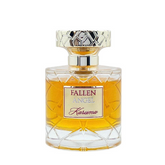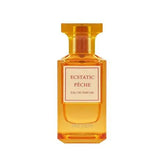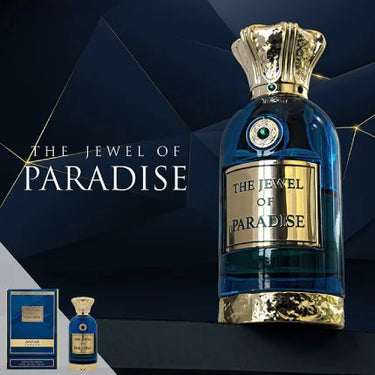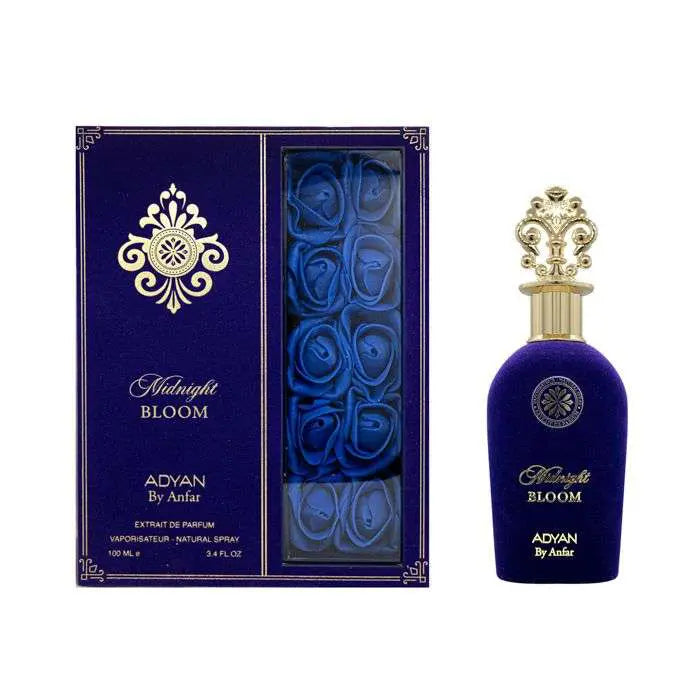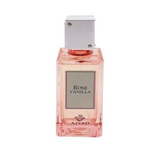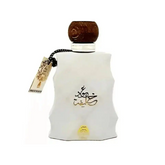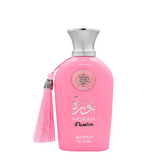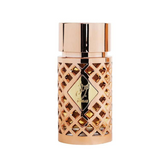The Art and Science of Perfume Mastery - From Skin Chemistry to Sustainable Scents
Perfume is more than a fleeting scent—it’s an extension of identity, a sensory memory, and an art form shaped by centuries of tradition. For perfume lovers, understanding how fragrances interact with skin chemistry, ingredients, and ethical practices can transform how you choose, wear, and appreciate scents. This 3000-word guide dives into the nuanced world of perfumery, offering actionable insights for curating a personalised fragrance collection.

| Fragrance Name | Key Notes | Best Season | Longevity | Price Range |
|---|---|---|---|---|
| Amber Oud | Agarwood, Vanilla, Amber | Winter | 8-10 hours | £120-£150 |
| Citrus Musk | Bergamot, White Musk, Vetiver | Summer | 6-8 hours | £90-£110 |
| Royal Saffron | Saffron, Leather, Tonka Bean | Autumn | 7-9 hours | £150-£180 |
| Jasmine Noir | Jasmine Sambac, Patchouli, Sandalwood | Spring | 5-7 hours | £100-£130 |
1. The History of Perfumery - From Ancient Rituals to Modern Luxury
Perfume has been revered since antiquity. The Egyptians used myrrh and frankincense in religious ceremonies, while the Romans layered saffron and rose oils as status symbols. The Arab world later refined distillation techniques, giving birth to iconic ingredients like oud (explored in our A Brief History of Oud). Fast-forward to 19th-century France, where synthetic compounds democratised perfumery, paving the way for modern classics like Chanel No. 5.
2. Decoding the Perfume Pyramid - Top, Heart, and Base Notes
Every fragrance is structured like a pyramid:
- Top notes (citrus, herbs) create the first impression but evaporate quickly.
- Heart notes (floral, spicy) emerge after 10–30 minutes, forming the scent’s core.
- Base notes (oud, vanilla, musk) linger for hours, grounding the composition.
Pro Tip: Test perfumes on your skin and wait 30 minutes before judging—this lets the heart and base notes shine.
3. Skin Chemistry - Why the Same Perfume Smells Different on Everyone
Your skin’s pH, moisture levels, and diet influence how a fragrance develops. For example:
- Oily skin amplifies base notes, making rich orientals last longer.
- Dry skin may weaken sillage (scent trail); opt for oil-based attars or layer with unscented moisturiser.
- Acidic diets (e.g., coffee, citrus) can alter scent profiles.
Case Study: Spray Urban Out’s Amber Oud on two people—one may get smoky depth, while another detects sweet vanilla.
4. Climate and Seasonality - A Year-Round Guide to Fragrance
Align your scents with the weather:
- Spring/Summer: Fresh citrus (bergamot), aquatic notes, or light florals (jasmine).
- Autumn/Winter: Warm spices, amber, or woody oud (see our Top 5 Oud Fragrances for Every Season).
- Humid Climates: Avoid heavy orientals—they can become overpowering.
5. Natural vs. Synthetic Ingredients - Debunking Myths
- Natural Ingredients (rose oil, sandalwood) offer complexity but vary in sustainability.
-
Synthetics (calone for oceanic accents) provide consistency and ethical alternatives to endangered resources.
Did You Know? Many niche brands now use lab-grown oud to protect wild agarwood trees.
6. Ethical Perfumery - Navigating Sustainability and Cruelty-Free Practices
Conscious consumers should look for:
- Vegan Certifications: No animal-derived musks or beeswax.
- Fair Trade Ingredients: Ethically sourced vanilla or patchouli.
- Refillable Bottles: Brands like Urban Out reduce waste with luxurious, reusable decanters.
7. How to Build a Perfume Wardrobe - 5 Essentials for Every Occasion
Curate a versatile collection:
- Daily Wear: A clean, citrus-woody blend (e.g., Urban Out’s Citrus Musk).
- Office-Appropriate: Subtle, non-polarising scents like white tea or fig.
- Evening Glamour: Bold rose-oud combos or sultry vanilla.
- Seasonal Specials: Peppermint for summer holidays, cinnamon for winter.
- Signature Scent: A unique fragrance that feels intrinsically you.
8. DIY Perfume Blending - A Step-by-Step Starter Guide
Create a custom scent with:
- Carrier Oil: Jojoba or fractionated coconut oil.
- Essential Oils: Start with 3 notes (e.g., bergamot + lavender + cedarwood).
- Experiment: Adjust ratios and age the blend for 2 weeks to meld notes.
9. The Future of Fragrance - AI, Personalisation, and Beyond
Innovations are reshaping perfumery:
- AI Scent Profiling: Algorithms recommend perfumes based on your preferences.
- DNA-Based Fragrances: Startups craft scents tailored to your genetic makeup.
- Climate-Adaptive Perfumes: Thermochromic bottles that shift notes in heat.
Conclusion - Perfume as Personal Legacy
A great fragrance isn’t just worn—it’s experienced. By understanding the interplay of chemistry, ethics, and artistry, you can choose scents that resonate deeply and sustainably. Explore our guides on Why Oud Perfume Lasts Long or Layering Fragrances to continue your olfactory journey.
| Fragrance Type | Main Accords | Best Occasion | Skin Type | Layering Tips |
|---|---|---|---|---|
| Oud-Based | Woody, Smoky, Balsamic | Evening Events, Winter Weddings | Oily/Combination | Pair with vanilla oil for sweetness or crisp bergamot for balance |
| Citrus | Zesty, Fresh, Aromatic | Office, Daytime Outings | Dry/Normal | Layer with white musk body lotion to extend longevity |
| Floral | Jasmine, Rose, Powdery | Brunch, Spring Gatherings | All Types | Combine with sandalwood base for depth (see Layering Guide) |
| Oriental | Spicy, Amber, Sweet | Date Nights, Holiday Parties | Normal/Oily | Mix with a touch of cinnamon roll-on for warmth |
| Aquatic | Marine, Green, Mineral | Beach Trips, Summer BBQs | Dry/Sensitive | Layer with coconut hair mist for tropical vibes |


